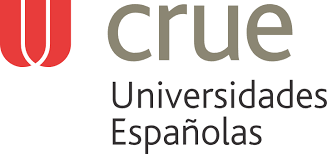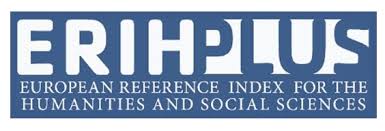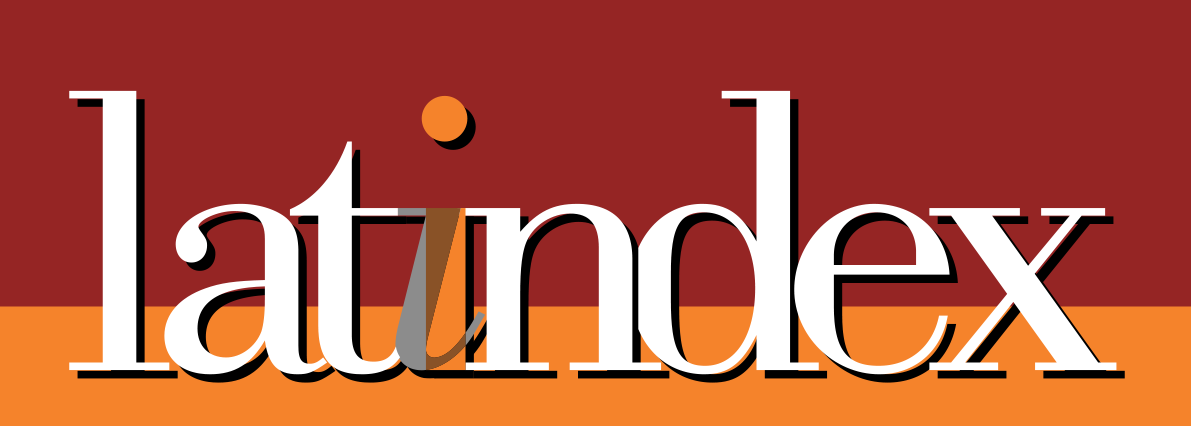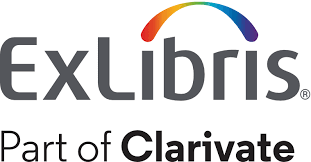The history of the economy. From rome to christians
DOI:
https://doi.org/10.22335/rlct.v6i1.155Keywords:
economy, philosophers, Roman, agriculture and livestock, ChristianityAbstract
The history of the Roman economy emerges from a very primitive economic analysis, more precisely, the legacy of the ancient Greeks, and of some illustrious Roman thinkers has received. Roman farmers were the nucleus of the society of the ancient Rome, also you should plough, introduction of wheat mill, the wine press and the beginnings of the irrigation systems. A conjecture on which is no evidence in Roman times means that the work of women in primitive agriculture was declined with the use of the plough. The importance of this civilization was evidenced in the contribution to law and the management of the social classes.
Downloads
References
Apele, E. (1970). Doctrinas Económicas. Segunda edición.
Arguello Luis, R. (2000). Manual de Derecho Romano. Historia e instituciones. Buenos Aires: Editorial Astrea.
Astudillo Ursúa, P. Historia del pensamiento Económico.
Barrows, G. (1973). Diccionario de Economía. Los romanos. México, DF: Editorial Trillas.
Cornell, T.J. (1999). Los orígenes de Roma, c. 1000 - 264 a.C.: Italia y Roma de la Edad del Bronce a las guerras púnicas. Barcelona: Editorial Crítica S.L.
Codoñer, C., Fernández, C. (1991). Roma y su Imperio. Editorial Anaya.
Cortés, A. (2006). Historia del Cristianismo: Vol. III: El Mundo Moderno. Madrid: Editorial Trotta.
Ekelund, R. B., Hebert, R. (1992). Historia de la Teoría Económica y de su Método. Madrid: Editorial Mc Graw-Hill.
García Armendáriz, J.I. Agronomía y tradición clásica: Columela en España. Universidad de Sevilla: Secretariado de Publicaciones.
García Pérez, J. M. (2007). Los orígenes históricos del cristianismo. Encuentro.
Hans, H. (1977). Historia Universal Comparada. Tomo I. Barcelona: Editorial Plaza & Janes S. A.
Hernández, M., Navarro, M. (2003). Una breve historia de la Economía. En Sencillamente Economía, pp.17-55. Madrid: Biblioteca de Humanidades Contemporáneas, Editorial Dykinson, S.L.
Historia Universal. (1977). Barcelona: Editorial Planeta, S. A.
Karataev, N. K. (1983). Historia de las Doctrinas Económicas. Volumen II. Madrid: Grijalbo.
León C., Carmona B.M. (2006). Las “Villae” Romanas de Quintana de la Serena. Museo del Granito y C.I de Hijovejo.
Morales, M. (2009). Economía de la Antigua Roma. p. 133-158
Neurath, O., Sieveking, H. Historia de la Economía. Segunda edición.
Paladio (1990). Tratado de agricultura; Medicina veterinaria; Poéma de los injertos. Madrid: Editorial Gredos.
Rico, C., Domergue, C. (2010). Nuevos documentos sobre el comercio de los metales hispánicos en la época romana. Lingotes de Chipiona. Sevilla: Universidad de Sevilla.
Rincón, S., Idana. (2008). Pensamiento económico en los primeros siglos: La economía divina de Dios en el cristianismo primitivo.
Roll, E. (1996). Historia de las Doctrinas Económicas. Colombia: Fondo de Cultura Económica.
Roma. Historia Universal. Tomo III. (1984). Bogotá: Círculo de Lectores.
Ruiz Bueno, D. (1987). Actas de los Mártires. Madrid: BAC.
Scheifler Amezaga, X. (1997). Historia del Pensamiento Económico. México,D:F.: Editorial Trillas.
Schumpeter, J.A. Historia del análisis económico. Madrid: Editorial Ariel.
Sotomayor, M., Fernández, J. (2005). Historia del Cristianismo: El Mundo Antiguo. Madrid: Editorial Trotta.
Varrón, M. T. (1998). La lengua latina. Obra completa. Madrid: Gredos.
Villey, D. (1960). Historia de las grandes doctrinas económicas. Barcelona: Editorial Nova Terra.
Timeo, P. (1872). Obras completas. Madrid.
Toutain, J. La Economía Antigua.
Tozzi, G. Economistas Griegos y Romanos.
Stanley, B. ¿Estuvo Pedro alguna vez en Roma? Recuperado en:http://www.apologeticacatolica.org/Primado/PrimadoN02.htm
Downloads
Published
Issue
Section
License
This journal provides free and immediate access to its content (https://creativecommons.org/licenses/by/4.0/legalcode#languages), under the principle that making research available to the public free of charge supports greater global knowledge exchange. This means that the authors transfer the Copyrights to the journal, so that the material can be copied and distributed by any means, as long as the authors’ recognition is maintained, and the articles are not commercially used or modified in any way.































